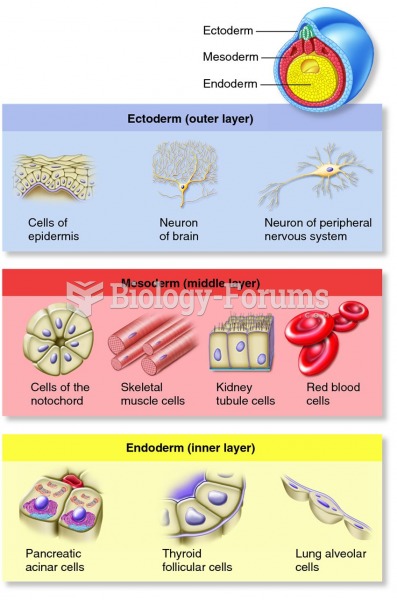Answer to Question 1
Answer: Most managers, at one point or another, will have to make changes in some aspects of their workplace. These changes are classified as organizational change, which is any alteration of people, structure, or technology. Organizational changes often need someone to act as a catalyst and assume the responsibility for managing the change process that is, a change agent. Change agents can be a manager within the organization, but could also be a non-manager such as a specialist from the HR department or even an outside consultant. For major changes, an organization often hires outside consultants to provide advice and assistance.
Managers face three main types of change: structure, technology, and people.
Changing structure includes any change in structural variables such as reporting relationships, coordination mechanisms, employee empowerment, or job redesign. Changes in the external environment or in organizational strategies often lead to changes in the organizational structure.
Because an organization's structure is defined by how work gets done and who does it, managers can alter one or both of these structural components. For instance, departmental responsibilities could be combined, organizational levels eliminated, or the number of persons a manager supervises could be increased. More rules and procedures could be implemented to increase standardization. Or employees could be empowered to make decisions so decision making could be faster. Another option would be to make major changes in the actual structural design. For
instance, product divisions can be dropped, merged, or expanded. Structural design changes also might include, for instance, a shift from a functional to a product structure or the creation of a project structure design.
Today, technological changes usually involve the introduction of new equipment, tools, or methods; automation; or computerization. Competitive factors or new innovations within an industry often require managers to introduce new equipment, tools, or operating methods. Automation is a technological change that replaces certain tasks done by people with tasks done by machines.
Changing people involves changing attitudes, expectations, perceptions, and behaviors. Organizational development is the term used to describe change methods that focus on people and the nature and quality of interpersonal work relationships.
Answer to Question 2
A







